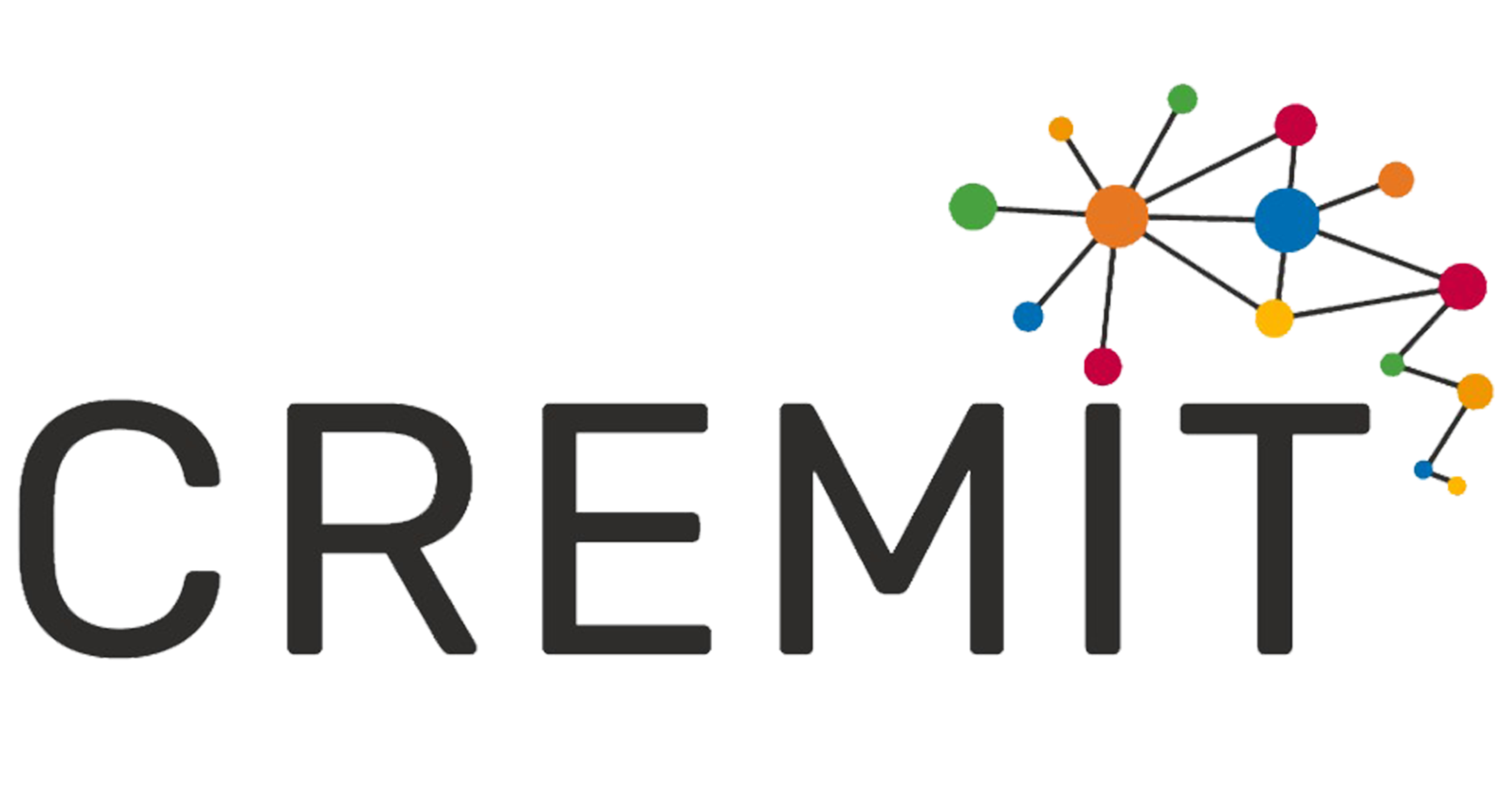
Jin Mao
Wilkes University
When the world started shutting down schools and transitioned to virtual environments in February 2020, the term “online learning” became an overnight buzzword that was thought of as the immediate solution available for all universities and schools. Meanwhile, researchers and practitioners began to differentiate this type of emergency remote teaching from regular online teaching and learning that has been seriously researched and developed based on decades of research on distance education. Hodges et al. (2020) suggest that emergency remote teaching provides temporary and quick-to-set-up access to instruction under crisis circumstances. This brief reflection summarizes the author’s views as one of the invited panelists for a discussion hosted by SIREM (Società Italiana di Ricerca sull’Educazione Mediale) in April 2020. There are three themes that highlight the author’s reflection on the continued emergency remote teaching during the pandemic as well as future research on online teaching and learning: (1) The need to integrate humanity into the emergency remote teaching practices; (2) Using systems thinking to guide the planning, designing, and development of online courses and programs; and (3) Embracing the ubiquitous influence of distance learning and technology as part of our everyday preparation for the changing educational and global environment.
The need to integrate humanity into the emergency online teaching practices. When we teach through a pandemic, we as educators should not assume that everything is “normal” as long as students are attending the online courses through either synchronous or asynchronous interactions. All personal and environmental conditions that normally support a learner have been more or less changed, impacted, or severely disrupted. In such times, survival, safety, and emotional health should come before accountability, and this has become more important in online environments when learners experience more social or emotional isolation than usual because of the disrupted social and/or home environment.
Using systems thinking to guide the planning, designing, and development of online courses and programs. It is time to rethink if the current online course design, development, and delivery that model good practices from in-person environments are effectively producing the intended learning outcomes and satisfactory teaching and learning experiences. Using technology-based assessment activities may unlock the full potential of online environments, assessment for learning, and active learning while at the same time reduce test anxiety and inequity for students. It is time to reflect on many factors about online learning course design, which may have not been considered or sufficiently explored. Using a systems approach, research on such factors in combination with technology affordance may provide new insights into the role, characteristics, and preparedness of online learners and instructors (Mao & Shearer, 2019).
Embracing the ubiquitous influence of distance learning and technology as part of our everyday preparation for the changing educational and global environment. While emergency remote teaching and learning has been imposed on every stakeholder because of the current pandemic situation, the ubiquitous influence of technology-empowered distance learning is becoming part of our everyday preparation for the changing educational and global environment. Instead of only being of interest to the small technology community, learning technology should be a necessity, and digital literacy should be a basic requirement for all stakeholders in education.
Finally, what we have experienced in teaching through the pandemic has made us rethink about how we define the digital divide. It is a topic that has been researched for years but has been put to the test during this worldwide crisis for the first time. Clearly, much more professional learning and preparations are yet to be done to help mitigate the damage and discontentment due to the digital divide. Hokanson (2018) says, “Creativity will always be in demand because the future will always be different from the present in which we are comfortable” (p. 1). The future is now the reality, so it is time to be creative about what we can offer to help improve teaching and learning within the changing social, cultural, and technological systems.
References
Hodges C. B., Moore, S., Lockee, B. B., Trust, T., and Bond, M. A. (2020, March 27). “The difference between emergency remote teaching and online learning.” EDUCAUSE.
Hokanson, B. (2018). Developing creative thinking skills: An introduction for learners. New York: Routledge.
Mao, J., and Shearer, R. (2019).” Technology affordance in online learning: A system thinking and system dynamics theoretical framework.” In E. G. Kowch, C. M. Reigeluth, T. Frick, & H. Hemphill (Eds.). The Springer/AECT systems thinking and change in education major reference work: Learning, design, and technology: An international compendium of theory, research, practice and policy. Springer Nature Switzerland, AG.
Cover Photo by Charles Deluvio on Unsplash.
Jin Mao, Ph.D., is an associate professor of Educational Technology and one of the founding members of the Ed.D in Educational Leadership program at Wilkes University, United States. She has years of experience in designing instruction and working with adult learners within the context of distance learning. Her research interests focus on the intersection between learning technologies and cognition, assessment, open education, systems thinking and change. She is particularly interested in researching the role of learning technologies in improving teaching, learning, and education through the lenses of affordance and systems thinking. She is a board member for the Systems Thinking and Change Division of the Association for Educational Communications and Technology (AECT).








